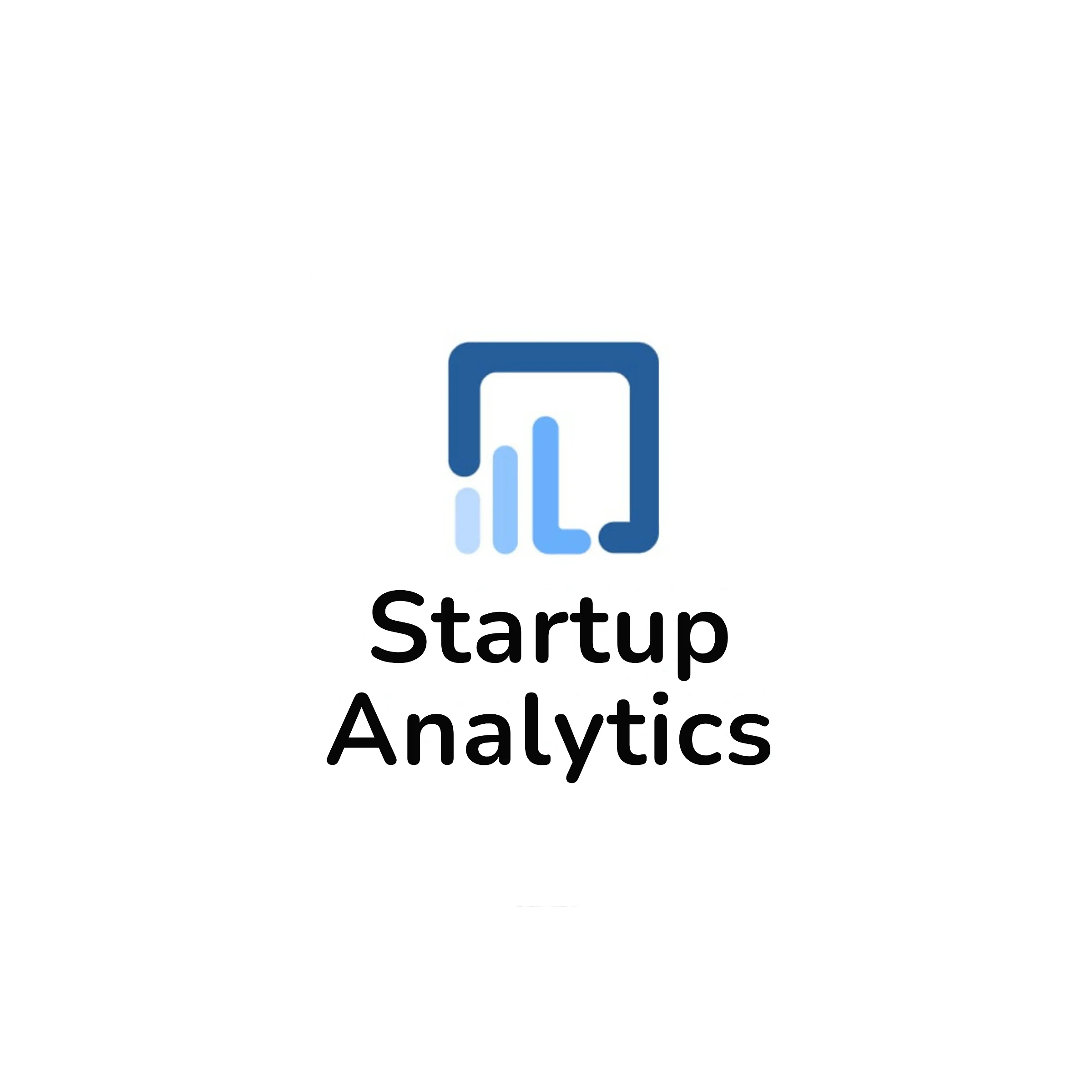Twitter is my happy place. I’m not there to overthink
Roxane Gay
Twitter is one of the world’s most popular social media platforms with over a billion users. Many businesses use Twitter to reach and connect with their customers. Twitter can help you reach a wide audience and connect with your customers. The downsides include possible negative feedback. Twitter can be a great addition to your business if you know how to leverage it well enough.
Why Twitter Analytics Tools
Twitter is a very dynamic platform with over 6000 tweets going per second. Thus, leading to lots of conversations and replies.
- This makes it tough to stay on top of things.
- Becomes tedious to monitor manually
- You probably wanna focus on a specific niche
- And so on…

Getting traction on Twitter, especially in the initial stages can be tough so using the right Twitter analytics tools can help one accelerate this journey of growing on Twitter and fast. The key is to use a fast feedback loop to quickly iterate through the tweet strategy and grow the account.
This is a specific analytical tool besides the Startup Tools mentioned here.
Discovering Tweetdeck
Tweetdeck like sent by iPhone is a Twitter automation tool and beyond.
- It’s one among Hootsuite, Bluffer and Zlapio and can be used to automate and optimise your Twitter workflow
- Being free and not having to subscribe to any premium feature, makes it a very important tool.
Overview
The Tweetdeck window has several columns that can be added or removed as needed.
- The first is the home column
- The others can be tweaked as needed.
- While all this can seem a bit cluttered, the whole setup gives a great picture of the overall operations.
Optionality
The entire setup has multiple options and the deck can take some 14 choose 4 combinations which turns out to be ~1000 different combinations.
- Home: Home timeline for any specific account.
- User: Tweets from a specific account.
- Notifications: Notifications for a specific account, including when the account’s Tweets are Retweeted, liked, or mentioned and when someone follows the account.
- Search: A specific search term.
- Lists: Create or connect a list you already follow.
- Collection: A timeline of curated Tweets, hand-selected by you, to share with others.
- Activity: What’s happening with the accounts you follow?
- Likes: Tweets marked as likes from a specific account.
- Messages (one account): Direct Messages for a specific account.
- Mentions (one account): When someone mentions a specific account.
- Followers: Follow activity for a specific account.
- Scheduled: Your scheduled Tweets.
- Messages (all accounts): Direct Messages from all your authorized accounts in aggregate.
- Mentions (all accounts): Mentions from all accounts.
- Trending: Specific worldwide trends.
Features
Besides the optionality in terms of the output deck, there are plenty of features to leverage.
Schedule Tweets
Sometimes, one might have multiple ideas and could be planning to tweet them over some time, instead of doing it all at once.
- This is where the ability to schedule tweets becomes important.
- You can schedule as many as you want.
- This could be anything from a single tweet to a thread and so on.
User Column
Not all users are the same and some of them might be more receptive to you than others and probably be engaging more than others. In that case, the ability to add a specific twitter user to a column becomes useful.
- You can practically filter out the tweets by various metrics such as recency or the ones that are getting the most engagements.
- There is practically no limit on the number of columns, thus you can monitor all your key users at a micro level.
Manage a Team
You can set up a whole team that manages your Twitter accounts. You could also add more accounts and look through multiple accounts at the same time.
- Multiple Twitter accounts
- Add others to manage accounts with access control.
Thus using Twitter analytics and visualisation tools is useful when managing Twitter.
Adhoc Twitter Analytics
While trying to optimise our own Twitter account, we did what we do best, tried to go back through our data and build models to understand what could be done better. Naturally, the first step was to download the last 28 days’ data points from the analytics view.

Naturally, the first thing, we did as data analysts/scientists was to try and create a simple word model such as one based on TF-IDF.
- The plan was to understand the keywords which generate the most engagement.
- Focus and grow those topics
However the problem is not that simple since we had the most fundamental issue of not having enough data for this kind of analysis. We were in the early stage of data product or analysis as written here.
The next attempt was to try to see if we could understand engagement as a function of impressions. We had a dichotomy in terms of modelling. We should be targeting middle-sized accounts.
But for those, who have large Twitter accounts and have sufficient history. Ad-hoc analysis of your tweet strategy could be useful in growing fast and finding out what’s working and why instead of trying to throw darts and hoping to hit the bull’s eye.
For those interested in knowing more, reach out at admin[at]startupanalytics.in
